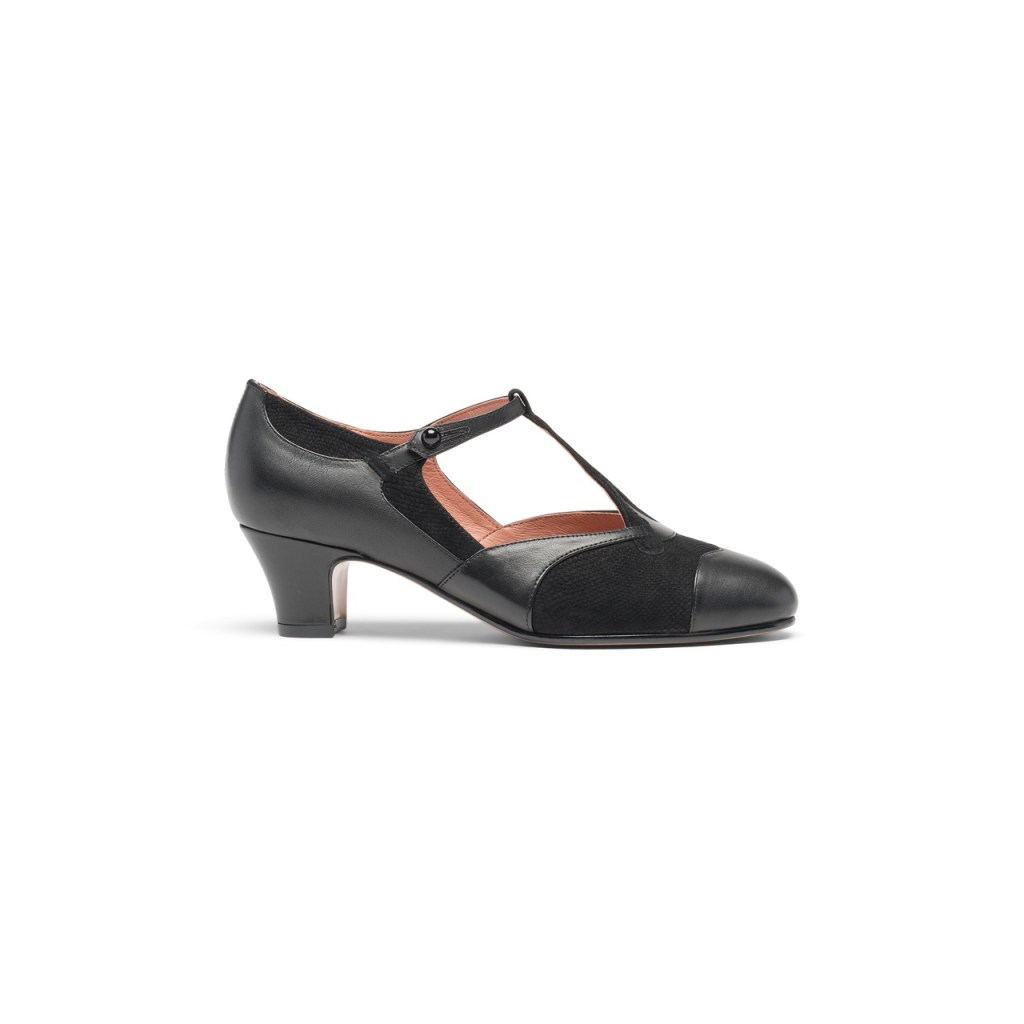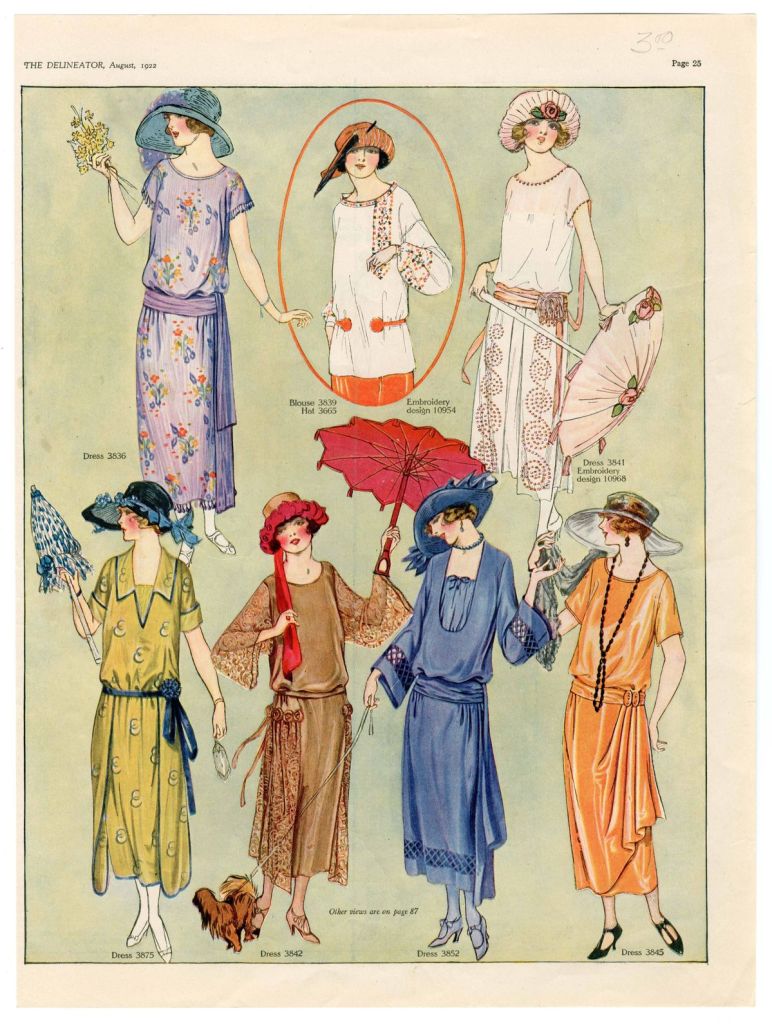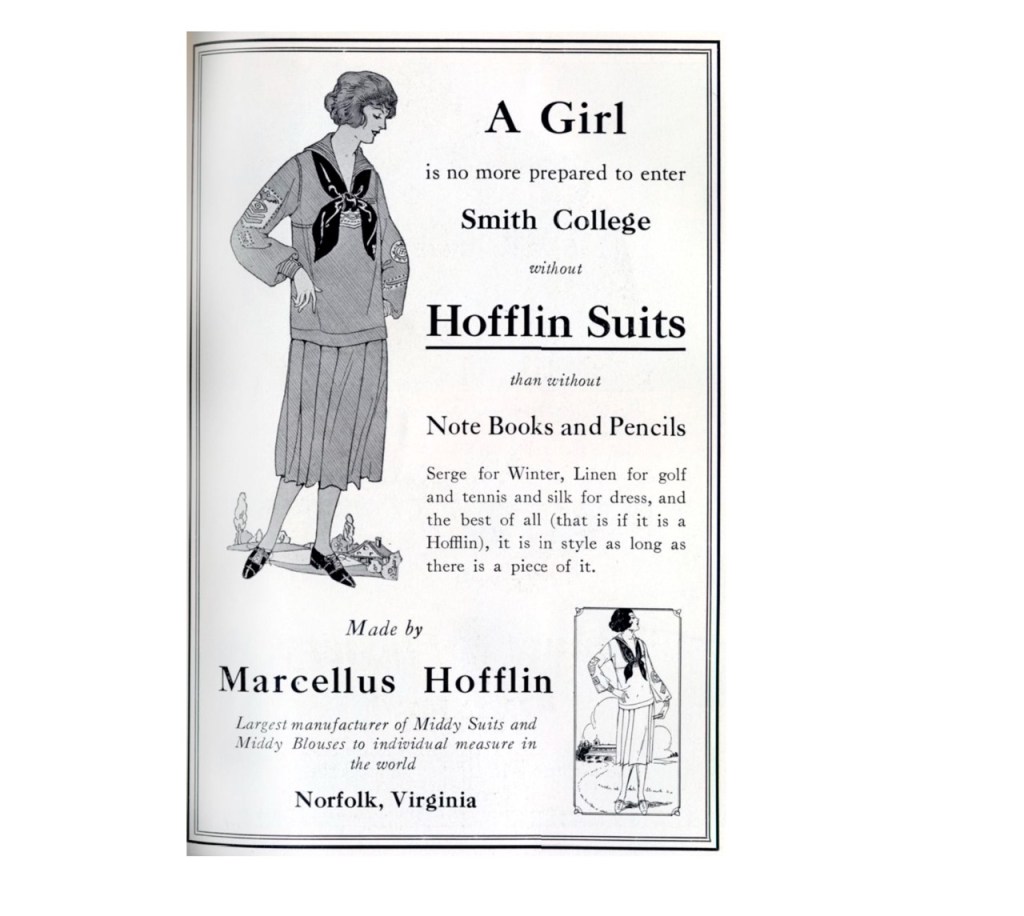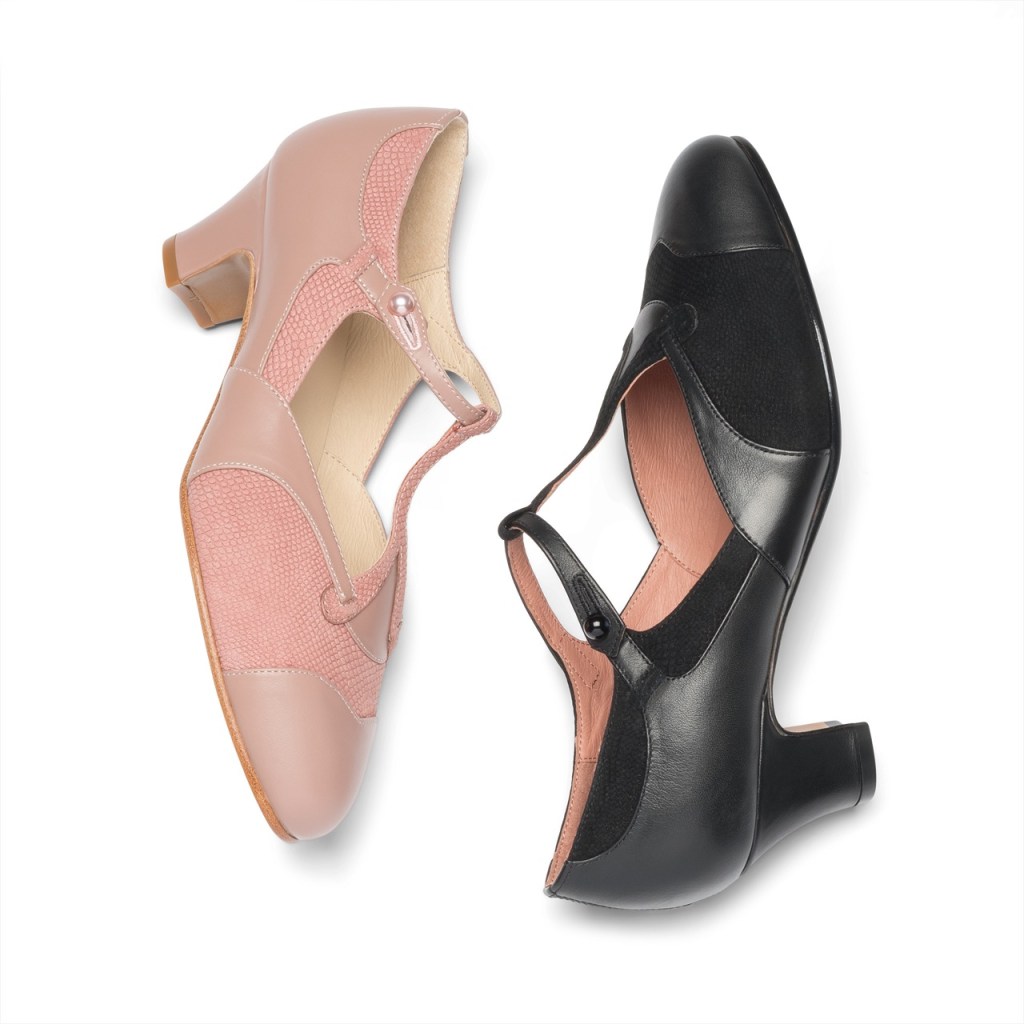Our new Doris 1920s Pumps are inspired by some of the more detailed daytime footwear options from the 1920s (for more on that, check out our last post about designing the Classics Collection). While these smart, python-embossed little shoes are cute enough to go with basically anything in your closet, they are natural fit for 1920s daywear, of course! So, let us take the time machine back to about 100 years ago and take a look at some of the daywear fashions that would have been worn with shoes like Doris.



The popularity of glamorous 1920s evening fashion reaches beyond the boundaries of historical costuming and fashion history-focused circles and into the mainstream. People love the glitz and flash of Deco-era evening-wear, and with good reason- this decade produced some deeply interesting, radically different styles that helped shape the direction of fashion into the rest of the 20th century. However, we also have a soft spot for the more subtle clothes donned for everyday life.


As with evening-wear, 1920s daywear tended to follow some basic ‘rules’ with regards to shape and length. Boxy, straight-down silhouettes with below-the-knee hems were the name of the game. Of course, this differs dramatically from, say, the mainstream silhouettes for womenswear in the 1900s-1910s. One thing to look out for in 1920s dresses, for example, is the waistline. Waistlines dropped from the natural waist to the hips by the mid-late 1920s, which is one of the factors that gives 1920s designs their distinctive shape.




Also from the V&A Museum, this early 1920s dress is a loose confection of striped silk and organdy.
This simpler, more streamlined silhouette was often balanced with fine and subtle details that were incorporated into the design of a garment. Cotton, linen, and wool remained mainstay fabrics, as in years past, and rayon also broke onto the scene in a big way as an alternative to silk. Printed fabrics became more and more popular as the decade went on-think florals, plaids, stripes, polka dots, and especially geometric prints. In a reflection of what was popular in art and architecture, one could often find geometric shapes and patterns factored into the trim of a dress as well. Godets, inserts, and pleats helped add some dimension to skirts and bodices with that distinctive, straight-up-and-down shape. Decorative trimmings like lace, ribbons, and ties were also popular.




Oh, and of course, we would be remiss if we didn’t mention sportswear! From the turn of the century onward, the popularity of leisure activities and outdoors pursuits had a significant impact on fashion (you can read more about that in some of our other posts). In the 1920s, knitted fabrics were very popular in womens sportswear- like those Chanel knitted suits you always read about. Ensembles like these sportsuits promoted the idea that more casual, practical clothing was suitable for everyday wear as well. Think 1920s-era athleisure.











Well, we could go on and on! 1920s fashion research is full of fun rabbit holes to dive down. One thing is for sure, though- we could pair Doris with any of the ensembles above!
Pre-Order is Open
September 19-28
15% Discount Per Pair
AmericanDuchess.com



